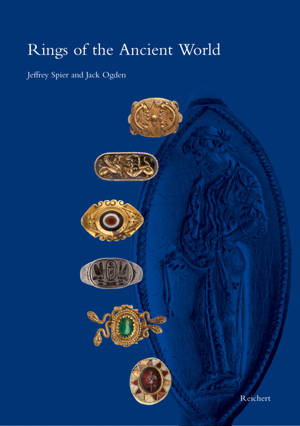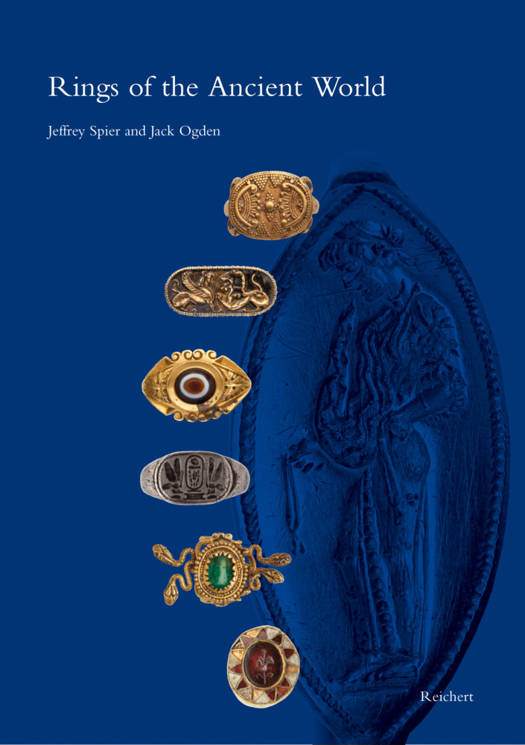
- Retrait gratuit dans votre magasin Club
- 7.000.000 titres dans notre catalogue
- Payer en toute sécurité
- Toujours un magasin près de chez vous
- Retrait gratuit dans votre magasin Club
- 7.000.000 titres dans notre catalogue
- Payer en toute sécurité
- Toujours un magasin près de chez vous
Rings of the Ancient World
Egyptian, Near Eastern, Greek, and Roman Rings from the Slava Yevdayev Collection
Jack Ogden, Jeffrey Spier
Livre relié | Anglais
62,45 €
+ 124 points
Description
The Yevdayev Collection of ancient rings comprises 59 superb examples from Egypt, Phoenicia, Persia, Greece, Etruria, and Rome, dating from the second millennium BC to the fourth century AD. The rings are of many different shapes, most made of gold or silver and often set with gems, but some are carved from semiprecious stone, amber and shell. The collection begins with four Egyptian rings of the New Kingdom period of various types and materials, including an amethyst scarab set in a gold swivel-ring, a ring carved from cornelian with the cartouche of Pharaoh Thutmose III, and a silver ring with the name of Amenhotep II. These are followed by rare examples of a Hittite gold ring and a Persian ring carved from shell. There is a good selection of Phoenician rings dating from the seventh to fifth century BC, including rings in gold and stone scarabs set in rings. Other unusual rings include Persian examples of the Achaemenid and Sasanian period, a unique diamond ring that is likely Kushan, a Central Asian ring in Scythian style, and a gold ring with South Arabian inscription. Greek and Roman rings are particularly well represented. Classical Greek rings dating from the fifth and fourth centuries BC include examples in gold with engraved bezels, bezels decorated with filigree and granulation, and a rare ring with a swivel bezel decorated with figures in gold foil under glass. Hellenistic rings, dating from the third to first centuries BC are often set with large and fine gems, often engraved, and hoops carved in architectural style. There is also a Hellenistic ring carved from black glass and a fine example of a gold snake ring decorated with an emerald. The Roman rings date from the time of Augustus in the late 1st century BC to the fourth century AD. Many of the rings are gold set with finely engraved gems in amethyst, cornelian, green chalcedony, red jasper, and nicolo and include important portraits of Agrippina Senior in cameo and Septimius Severus in chalcedony. Other rings are set with rare gems, including an aquamarine and a diamond. There are also rings carved from other materials, including rock crystal and amber. The catalogue concludes with gold rings of the later empire (third-fourth century AD), typically with large, carved gold hoops and unengraved gems. The rings in the Yevdayev collection are notable not only for their exceptional design and craftsmanship, but for their rich imagery engraved on the rings and gems. The publication will appeal to both students of ancient art and history and to collectors and lovers of jewelry and fine art. The accompanying text places the rings in their historical and artistic context and provides valuable technical observations.
Spécifications
Parties prenantes
- Auteur(s) :
- Editeur:
Contenu
- Nombre de pages :
- 152
- Langue:
- Anglais
Caractéristiques
- EAN:
- 9783954900480
- Date de parution :
- 06-11-15
- Format:
- Livre relié
- Format numérique:
- Genaaid
- Dimensions :
- 175 mm x 244 mm
- Poids :
- 566 g







